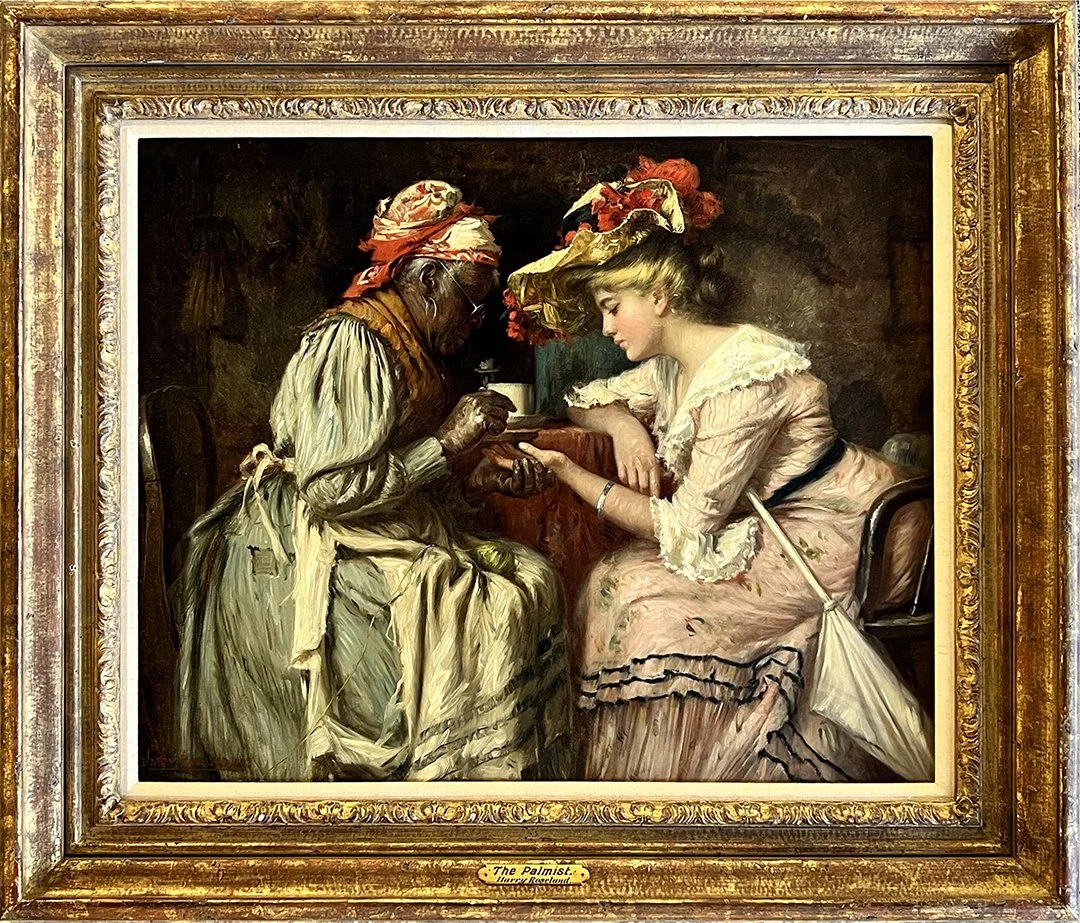Louis Ritman
Louis Ritman
Breakfast
Oil on Canvas
41 1/2 x 50 1/2 inches
Signed Lower Right
ID: DH3487
Known primarily for his sunny, Impressionist landscape paintings, often with figures, Louis Ritman earned much of his reputation for the work he produced during the time he was in Giverny, France, home of Claude Monet, a key Impressionist.
Born in Kaments-Podolsky, Russia in 1889, the Ritman family relocated to the U.S. in the early 1900’s. Like many immigrant families, they ended up settling in Chicago, Illinois. It was in there as well as Philadelphia that Ritman received his earliest artistic training. By 1909, however, the romantic pull of Paris grabbed hold of Louis Ritman, and he joined countless other American ex-patriots who had traveled to France, including Richard E. Miller, Mary Cassatt and James Abbot McNeil Whistler.
Louis studied at the Ecole des Beaux-Arts and also at the Academie Julian where he became well versed in the academic methods of the time.
Louis Ritman’s artistic career took a turn one evening in 1911, when he made the acquaintance of fellow American painter Frederic Freiseke who invited Louis to paint with him at an artist's colony in Giverny. He accepted and was immediately inspired by the creative atmosphere present there. The artist’s at Giverny were the pioneers of Impressionism as we know it today, and the atmosphere of experimentation that this small French village provided was essential to their success. It was in this environment that Louis Ritman stopped working as a student of the French Academic School and began working as an Impressionist avant-garde artist.
Ritman continued to visit Giverny each summer until 1930. After that time, he took a full time position as an instructor at the Art Institute of Chicago. It is clear that the time he spent painting in Giverny made a substantial impact on his career as a fine artist. Paintings from this period are highly prized and collected. Thirty years later, Ritman moved with his wife Marguerita Steffenson Ritman, a professor of sociology, to Winona, Minnesota, where he died in 1963.





